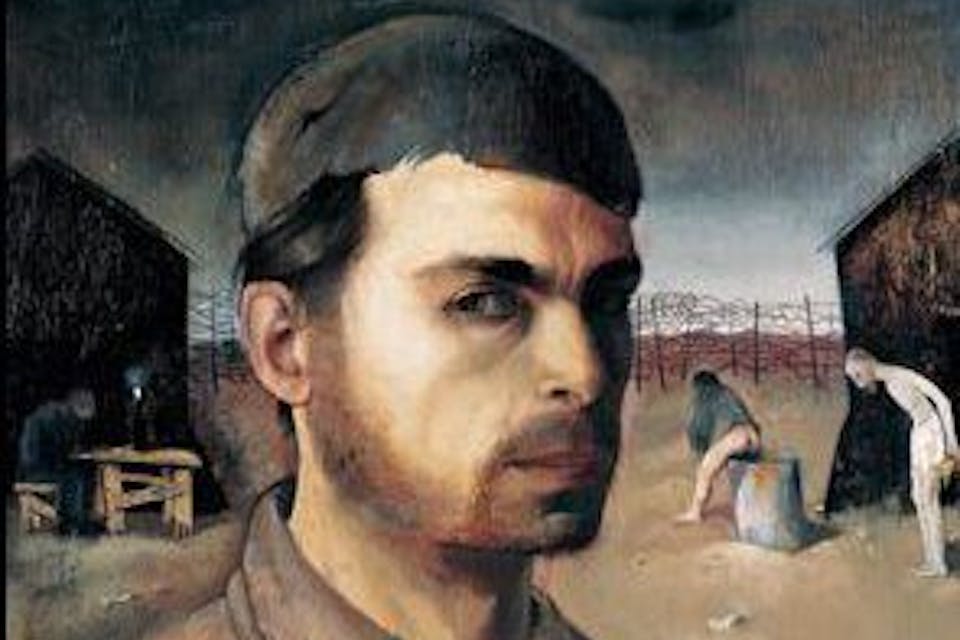
June 14, 2018
The Dread-Inducing Work of Weimar’s Jewish Artists
An exhibit at the Neue Galerie offered a taste of Jewish art from “before the fall,” but the subject cries out for a more ambitious undertaking.
Simply by virtue of its focus on German-Austrian art from 1890 to 1940, the walls of New York’s Neue Galerie, founded by the philanthropist Ronald Lauder, can unnerve a visitor with their uneasy mix of visions of beauty and images of radical disruption. The museum’s most recent show, Before the Fall: German and Austrian Art of the 1930s, which closed on May 28 after a three-month run, made the discomfort of that juxtaposition all the more explicit.
The nearly 150 canvases, photographs, and graphic works in the exhibit formed a collage of artistic responses to fascism and Nazism—running the gamut from open resistance (in vivid scenes of street fights) to seeming complacency (in placid scenes of nature) and from acerbic satire (in the visages of ghoulish soldiers dressed in garish, circus-like uniforms) to surreal horror (in still lifes spawning monstrous growths) to lyrical odes to an idealized Aryan perfection (as in a portrait of a young male swimmer in a pose anticipating today’s underwear ads).
Some artists were well-known, others less so. Their multiplicity of styles and influences underscored not just how varied were their individual visions and aesthetics but also the intertwined layers of veracity, ambiguity, and deception that, given the historical circumstances, their works seem simultaneously to express and to conceal.